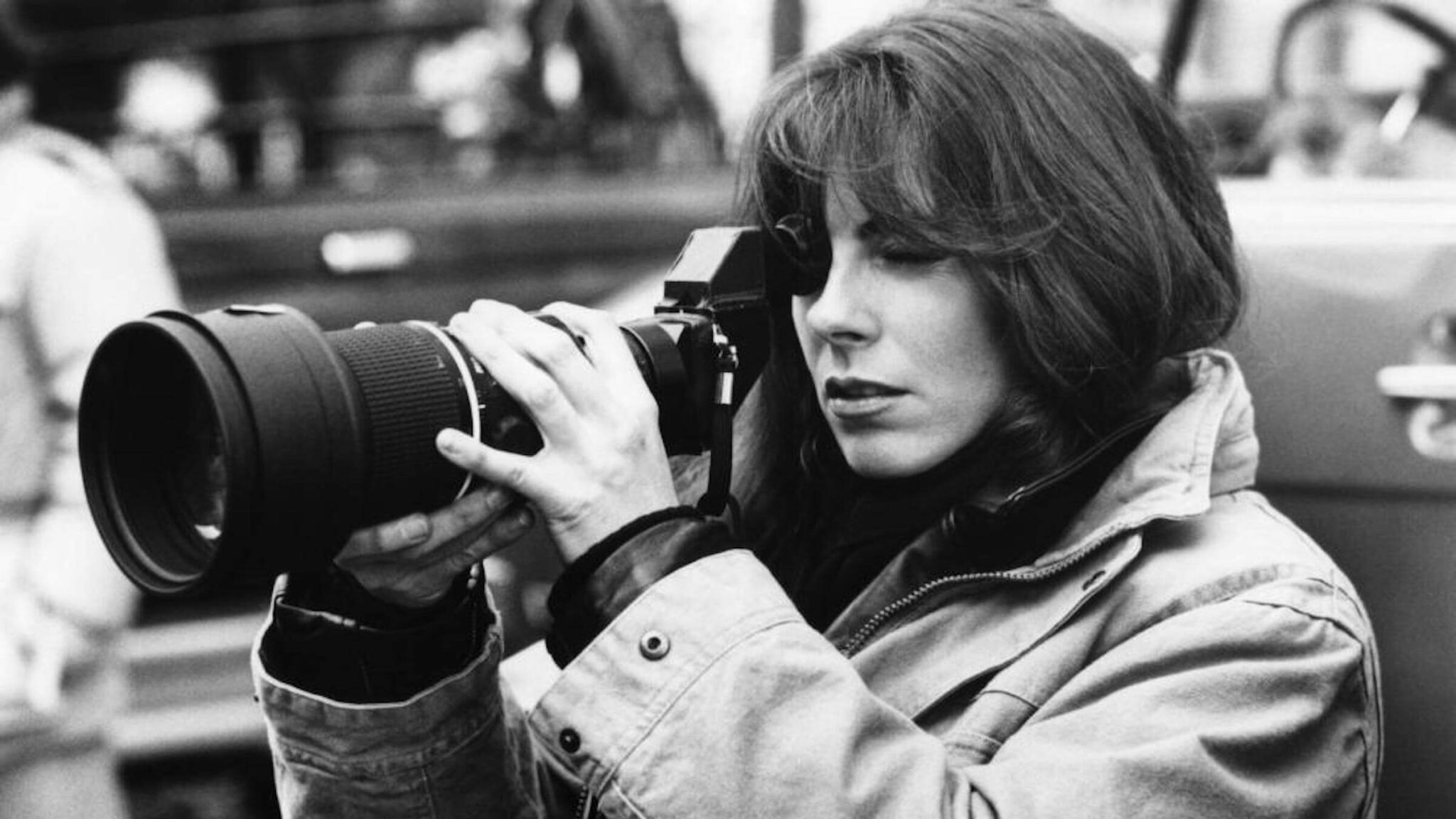From a Producer's Perspective: The Verbal Pitch

You’ve found an idea, built great relationships, crushed your elevator pitch and have a beautiful pitch deck. Congrats, now you’ve been invited in to pitch your project to a decision maker!
Your verbal pitch is your make or break moment. It’s the most important aspect of the entire process. Nail this and you’ll be well on your way to selling your project. It’s game day, so how do you prepare?
David Kaufmann goes even deeper in his book, The Producer's Brain. Get it on Amazon now.
1. Draft Your Pitch
To get started, consider the most visual and exciting plot points of your story and the main ideas about each of your characters. Begin to form them into a narrative. Your pitch should feel conversational and build momentum. It’s like the verbal version of watching a movie.
Begin your pitch with a personal introduction. It’s important to establish who you are and why you are the right voice to tell this story. As you deliver your pitch, be sure to explain to the listener where you are in the story. Don’t be afraid to call out act breaks, plot inciting incidents, or moments that will be key to a character’s development.
Keep your pitch brief. Aim for no more than 25 minutes of spoken word, or about six pages. The most important thing in a verbal pitch is to keep the audience engaged. The longer you drone on, the better the chance that you’ll lose the listener.
It’s better to leave some details unanswered than to go too far in depth. The second half of the meeting will be devoted primarily to questions. This will be your opportunity to fill in some of the blanks. Great questions mean your listener was engaged. They also give you an opportunity to show off your grasp of the story.
2. Prepare Visuals
Just like when building your deck, you’ll want to have a strong set of visuals to back up your storytelling. Go through your pitch draft and pick out a few key moments that a picture will help to amplify.
Present your visuals as you make your points. This will help the listener start to see your film and will keep them engaged.
3. Practice but Don’t Memorize
The worst thing you can do in a pitch meeting is to walk in and start reading off of a sheet of paper. It’s also not good to expect yourself to speak verbatim what you’ve got on the page.
Memorizing increases your nerves and can throw you off track if you happen to lose your place. Instead, learn your pitch inside and out so it becomes a part of you and then deliver it naturally as it comes to mind.
It’s okay to bring notecards or other aids to help you keep your place. If you build your visual presentation well, it can also be a great resource to help you to stay on track.
4. Know Your Audience and Read the Room
Before you go to your pitch meeting, take some time to learn about the executive that you’ll be meeting with and the previous work they’ve done. Think about how your project might fit with their taste and cater your pitch to them as much as possible.
Once you are in the room, read how formal or informal the executive would like the meeting to be. Some executives prefer a presentation. Others will want to chat more organically, asking questions along the way.
Don’t try to force your style on them, but rather, react to the vibe and lean into it.
5. Keep it Casual and Don’t Press
Remember that this is a creative meeting. You aren’t giving a speech to the U.N. or delivering an earnings report for a stock.
In addition to reacting to your story points, executives are also getting to know you. If you enter into a creative partnership, you’ll be working together for the foreseeable future. This is your first opportunity to show how great you’ll be to work with. Establish a rapport.
As the meeting wraps up, don’t press for a yes or a no. They’ll likely need some time to digest what they’ve heard. Simply say thank you and head on your way.
Once the meeting is over, try not to replay it too many times in your head. What’s done is done and the most important thing you can do now is to create a sound follow up strategy.
This is the last entry in our series on pitching. I hope it’s been helpful to you in developing and selling your ideas!
If there’s anything you’d like me to write about next, feel free to tweet to me @davidmkaufmann. Cheers until next time!
 David Kaufmann is an independent film and television producer living in Los Angeles. He began his career as an NBC Page at Saturday Night Live. He spent over nine years handling film and television licensing and development at Major League Baseball where he helped create critically acclaimed films like Moneyball and 42. He has an undergraduate degree in Journalism from the University of Richmond and holds an MBA from NYU Stern with a focus on the media business and creative producing. He is an active member of the Producers Guild of America. For more on David, please visit his IMDB or LinkedIn.
David Kaufmann is an independent film and television producer living in Los Angeles. He began his career as an NBC Page at Saturday Night Live. He spent over nine years handling film and television licensing and development at Major League Baseball where he helped create critically acclaimed films like Moneyball and 42. He has an undergraduate degree in Journalism from the University of Richmond and holds an MBA from NYU Stern with a focus on the media business and creative producing. He is an active member of the Producers Guild of America. For more on David, please visit his IMDB or LinkedIn.
For all the latest ScreenCraft news and updates, follow us on Twitter, Facebook, and Instagram.
Tags
Get Our Screenwriting Newsletter!
Get weekly writing inspiration delivered to your inbox - including industry news, popular articles, and more!



























